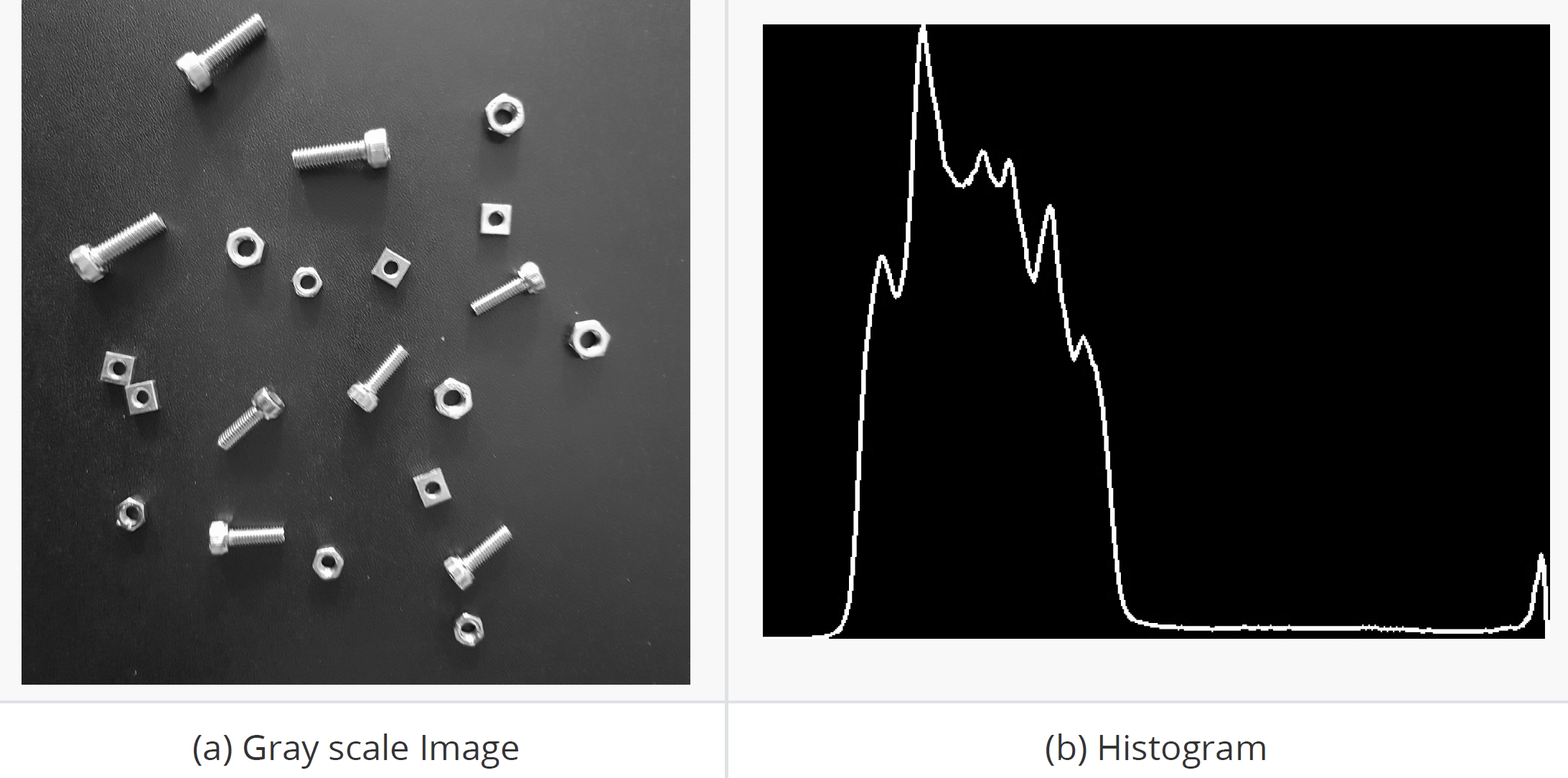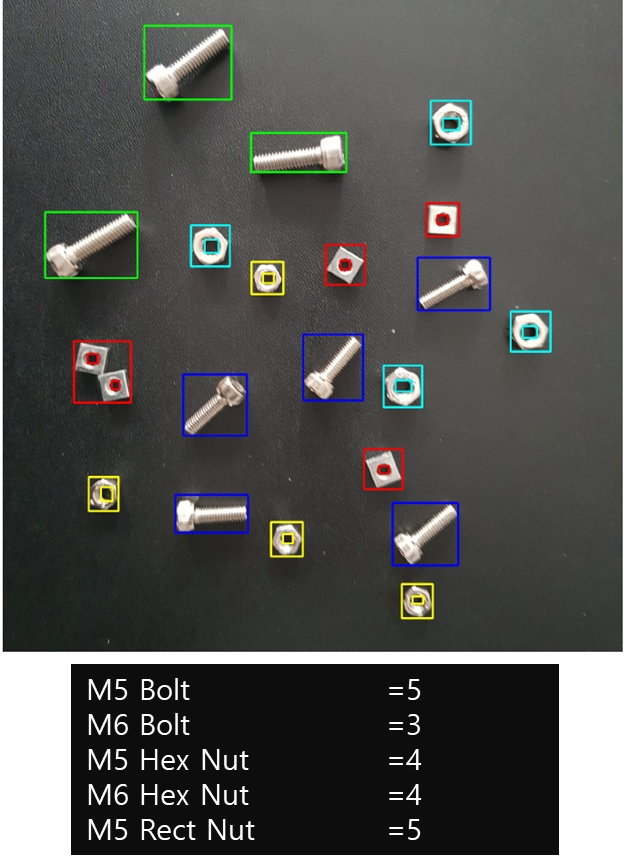Lab Report Template
This is an example report template to help students write a concise and organized report. But you do not need to follow the exact format of this template, as long as you write a good quality report.
You can download the report template md file here
LAB: Lab Title Goes Here
Date: 2023-Aug-21
Author: Handong Kim 20220000
Github: repository link (if available)
Demo Video: Youtube link (if available)
Introduction
1. Objective
Briefly explain the purpose of this lab.
Goal: Count the number of nuts & bolts of each size for a smart factory automation
There are two different size bolts and three different types of nuts. You are required to segment the object and count each part of
Bolt M5
Bolt M6
Square Nut M5 etc..
2. Preparation
Write a list of HW/SW configuration, installation, dataset download
Software Installation
OpenCV 3.83, Visual Studio 2021
CUDA 10.1, cudatoolkit 10.1, Python 3.8.5, Pytorch 1.6.0, Torchvision 0.7.0
Dataset
Description of datasets goes here
Dataset link: Download the test image
Algorithm
1. Overview
This is where your concise flow chart goes (if necessary).
Also, other diagrams (block diagram, dataflow diagram etc) can be used if they can explain the overview of the algorithm.

2. Procedure
Histogram Analysis
The input image is analyzed with a histogram to understand the distribution of intensity values. As seen in the histogram in Figure 1(b), the bright component of objects can be segmented from mostly dark backgrounds.
Explain what you did and why you did it. Also, explain with output images or values.

Filtering
SInce there are visible salt noises on the input image, a median filter is applied.
Explain what you did and why you did it. Also, explain with output images or values.
Thresholding and Morphology
Explain what you did and why you did it. Also, explain with output images or values
Result and Discussion
1. Final Result
The result of mechanical part segmentation is shown with contour boxes in Figure 00. Also, the counting output of each nut and bolts are shown in Figure 00.

Demo Video Embedded: Youtube link (if available)
2. Discussion
Explain your results with descriptions and with numbers.
M5 Bolt
5
5
100%
M6 Bolt
10
9
90%
M6 Hex Nut
10
9
90%
Since the objective of this project is to obtain a detection accuracy of 80% for each item, the proposed algorithm has achieved the project goal successfully.
Conclusion
Summarize the project goal and results.
Also, suggest ways to improve the outcome.
Appendix
Your codes go here.
Please make the main() function as concise with high readability.
It's not a good idea to write all of your algorithms within the main() function
Modulize your algorithms as functions.
You can define your functions within your library/header
Write comments to briefly describe what each function/line does
It is a good practice to describe the code with comments.
Last updated
Was this helpful?